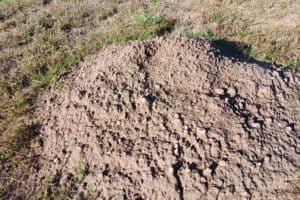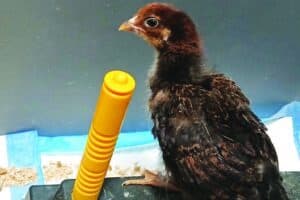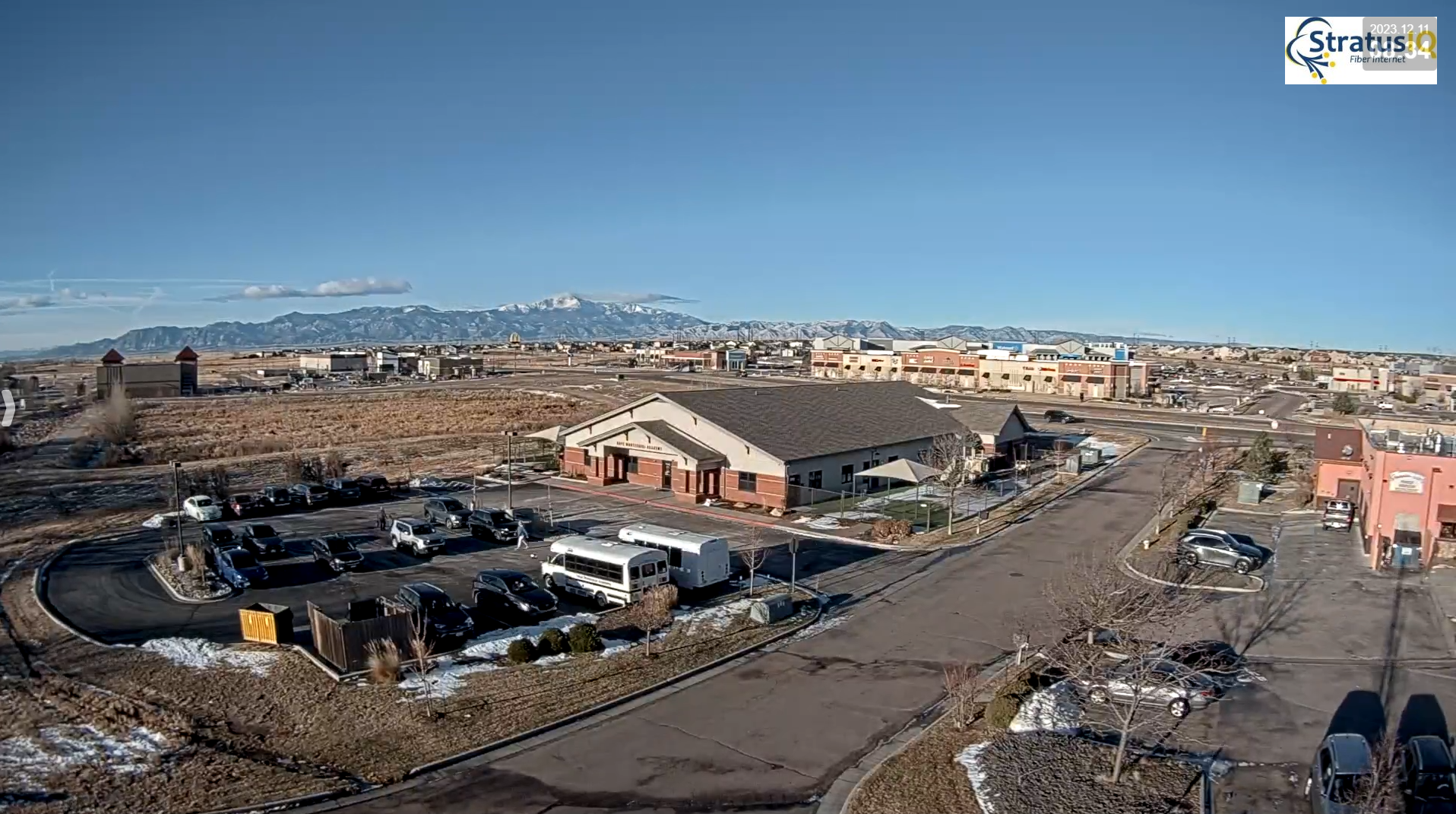Longtime local journalist Bill Radford and his wife, Margaret, live on 5 acres in the Falcon area with chickens, rabbits, dogs, cats, a flock of parakeets, goats and two horses. Contact Bill at billradford3@gmail.com.
Medley of plants blooming on the prairie
By Bill Radford
I find it fascinating how the prairie landscape varies from summer to summer, how a certain weed or flower dominates one year and not the next.
Last year, we witnessed what we considered a “superbloom” of prairie coreopsis, a bright yellow, daisy-like flower; the last time we had seen such an explosion of prairie coreopsis was a decade ago. So even though prairie coreopsis is a perennial, and thus could be expected to return year after year, it was a surprise that it has come back in full force again this summer. The ranchland to our south is a brilliant yellow carpet, as are many other fields in our area. This should make our bees happy; we attribute our record-breaking honey harvest last year to the coreopsis.
But what about the tansy mustard that engulfed our lilac plants this spring? At least, that’s what the PlantNet app I loaded onto my phone identified it as; it could also be flixweed, described as a very similar plant in the mustard family. Either way, I don’t recall seeing it before, at least not in any number. Tansy mustard is common in alfalfa fields, according to Colorado State University, and so I wonder if there was tansy mustard caught up in a big hay bale that was accidentally exposed to rain and fell apart pretty much right next to the infestation we’ve had. If eaten in large amounts, tansy mustard can be toxic to animals, but I haven’t seen it spread to the pasture. And it’s been pretty easy to remove by hand.
So what else has been growing in my little corner of the prairie? One of the earliest weeds to pop up this spring was dock. PlantNet identified it as patience dock, but it could also be curly dock. Curly dock has “all the traits of a super weed,” according to an article in the University of Colorado Boulder’s Colorado Arts and Sciences Magazine. “With high levels of oxalic acid, like that in Brussels sprouts, and with a proliferation of seed dispersal, the plant easily establishes itself everywhere except Greenland.”
Before the prairie coreopsis bloomed, there were other, smaller yellow flowers popping up everywhere. They’re largely gone now, but they appear to have been some form of ragwort, although my plant identifier did not have a lot of confidence in its finding. PlantNet’s best guess was Oxford ragwort, which as the name indicates, is native to England and Asia but has become an invasive weed in many parts of the world.
I’m more confident in the identification of common mullein, which has popped up in our yard, although not near to the extent I’ve seen in some nearby fields. Common mullein, also known as cowboy toilet paper due to its soft, fuzzy leaves, is among weeds listed as noxious weeds by El Paso County. A noxious weed, as established by the Colorado Noxious Weed Act in 1996, is one that has “been designated by rule as being noxious or has been declared a noxious weed by a local advisory board” and meets one or more criteria, such as poisonous to livestock or detrimental to economic crops or native plant communities.
Noxious weeds are prioritized as List A, B or C species by the Colorado Department of Agriculture. List A weeds should be eliminated everywhere; for List C weeds, control is recommended. Canada thistle, hoary cress and musk thistle are the biggest issues facing noxious weed management countywide, according to the minutes of last fall’s meeting of the county’s Noxious Weed Advisory Commission.
Common mullein, thankfully, is only a List C noxious weed.
“Common mullein, often mistaken as a native plant, is a biennial plant that originated in Eurasia,” the county’s guide to noxious weeds states. “It can be found in disturbed areas, preferring dry, stony soil. It reproduces by seed up to 250,000 per plant, which can remain viable in the soil for over 80 years.”
A flower blooming recently in the yard appears to be spiderwort, which is on Colorado State University Extension Service’s “El Paso County Native Plant List to Attract Pollinators.” (Go, bees!) There is a variety of species of spiderwort native to North America; prairie spiderwort grows in the foothills and plains of eastern Colorado.
Lupine also made their return. From Rockymountainfloras.com: “Lupine are a common showy bloom. They are characterized by their divided leaves, spreading like the fingers of a hand, and their tall spikes of pea-shaped flowers. Most lupine have finely hairy stems and leaves. Stems and leaf stalks are often reddish. They often hybridize, making accurate identification difficult.”
Out in the pasture are some low-lying white flowers identified by the PlantNet app as white-stem evening primrose, also known as prairie-evening primrose. Coloradowildflower.com describes it this way: “Large white floppy looking flower that is disproportionately larger than its stem. It often bows outward and toward the grown. May be seen with pinkish hues as it opens in the evening and withers in the sun, turning pinkish as it withers.”
One flower that hasn’t spread to our yard and pasture, but I’ve spotted in clumps not far away, is paintbrush. I find the bright-red paintbrush particularly pleasing, although a bit less so after reading up on it. Denver Botanic Gardens calls paintbrush “Colorado’s vampire plant.”
“Paintbrush are hemi-parasitic organisms,” Denver Botanic Garden’s website explains, “meaning they can photosynthesize and produce some of their own energy, but they rely on host plants to supply most of their nutrition. … To access these resources, Castilleja (the genus to which paintbrush belong) possess specialized root-like structures, called haustoria, which pierce the roots of unsuspecting host plants to siphon off carbohydrates and other nutrients.”
But paintbrush does offer another attraction for our bees — somewhat surprisingly, explains the U.S. Forest Service on its website: “A variety of insects visit paintbrush flowers, especially bees. This is somewhat surprising since the color red is difficult for insects to see.”

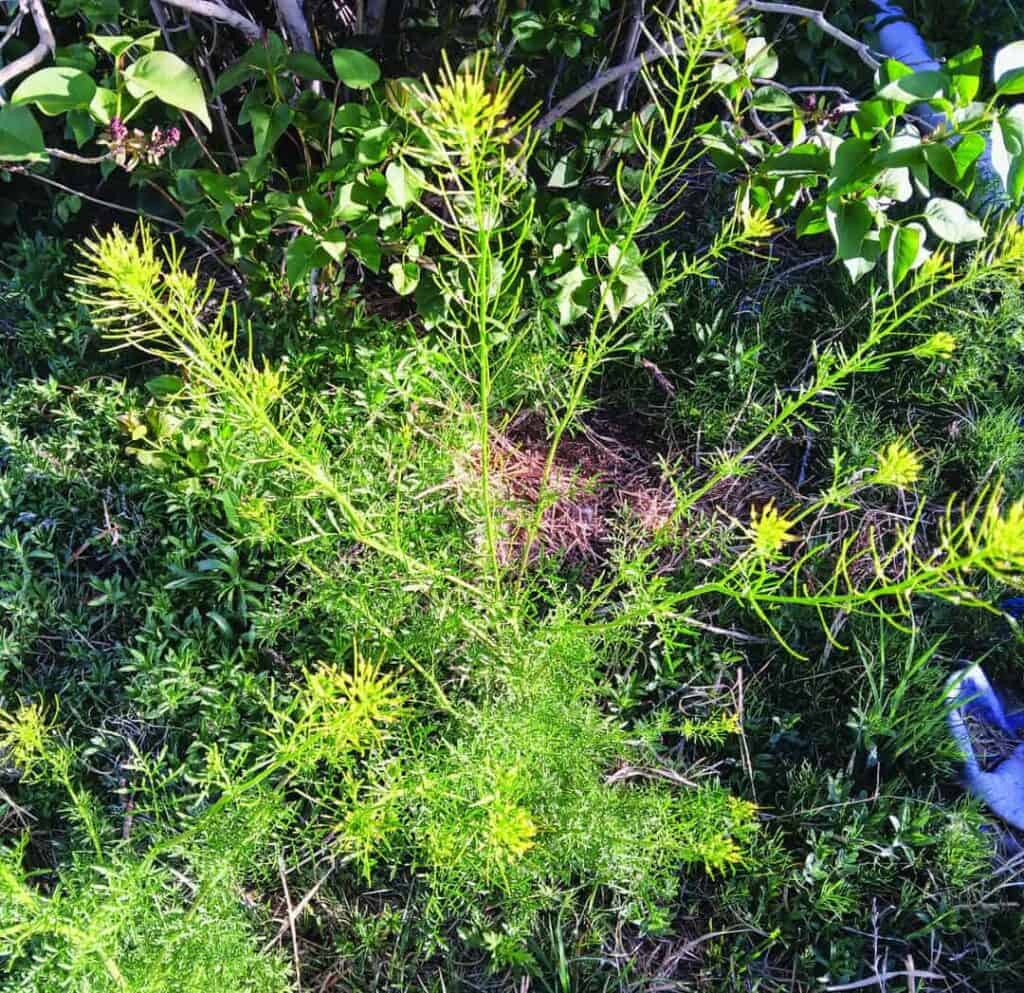
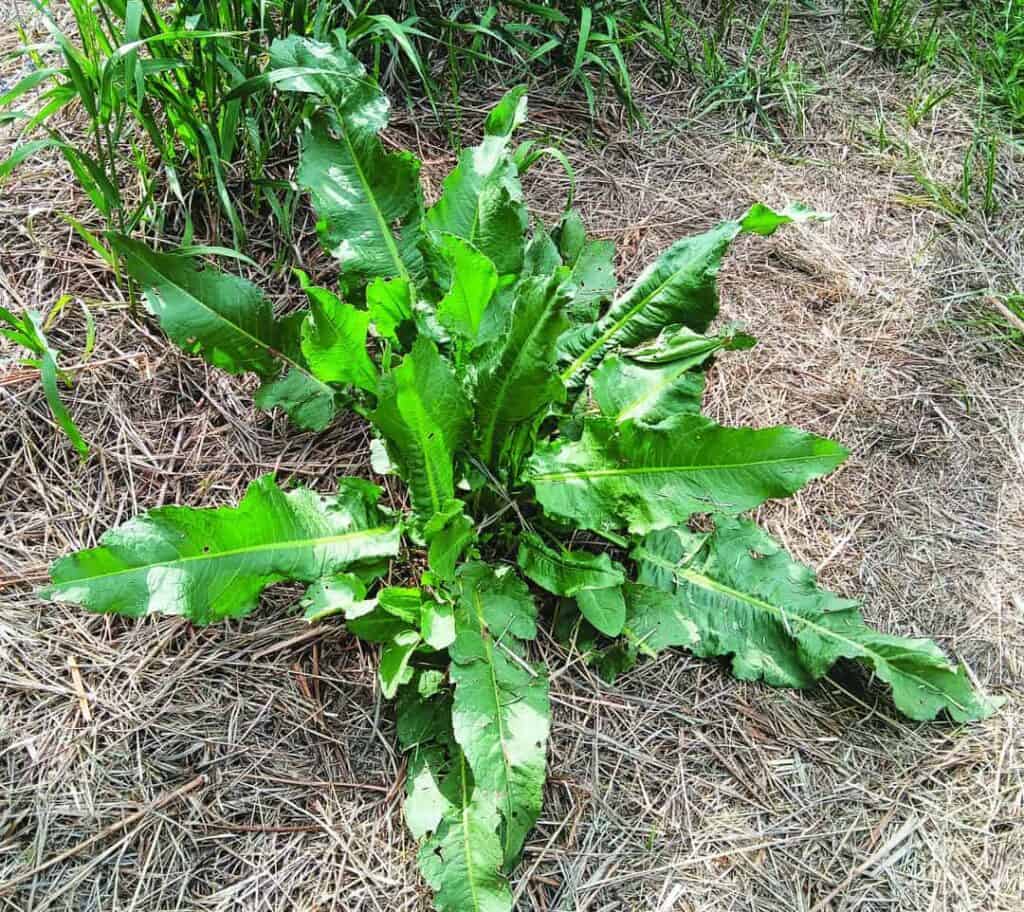

The field of prairie coreopsis is a carpet of yellow flowers.



